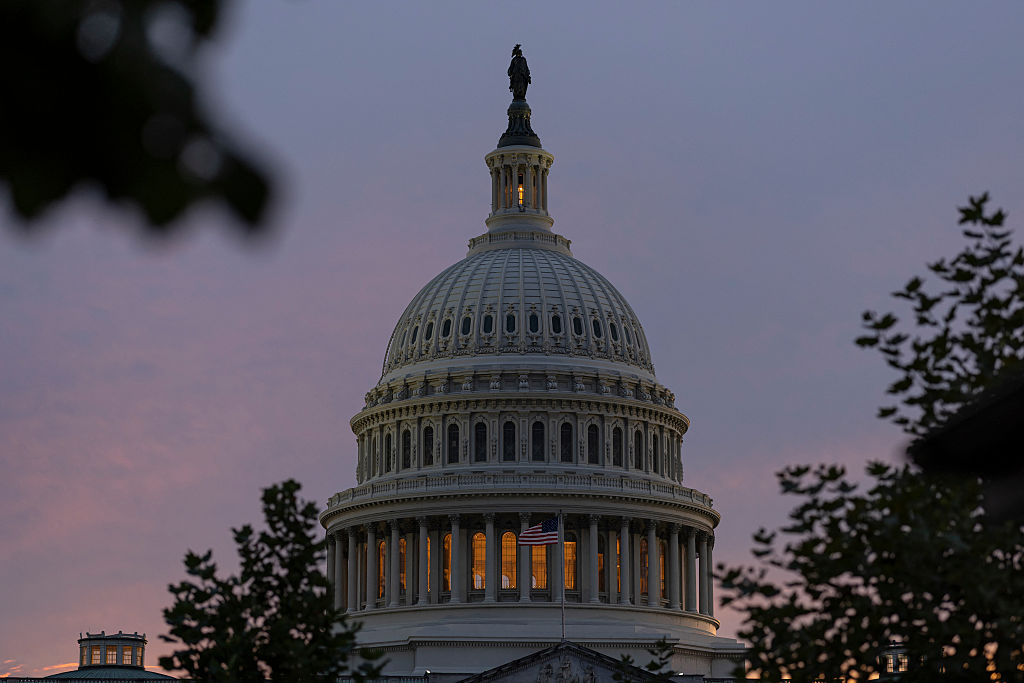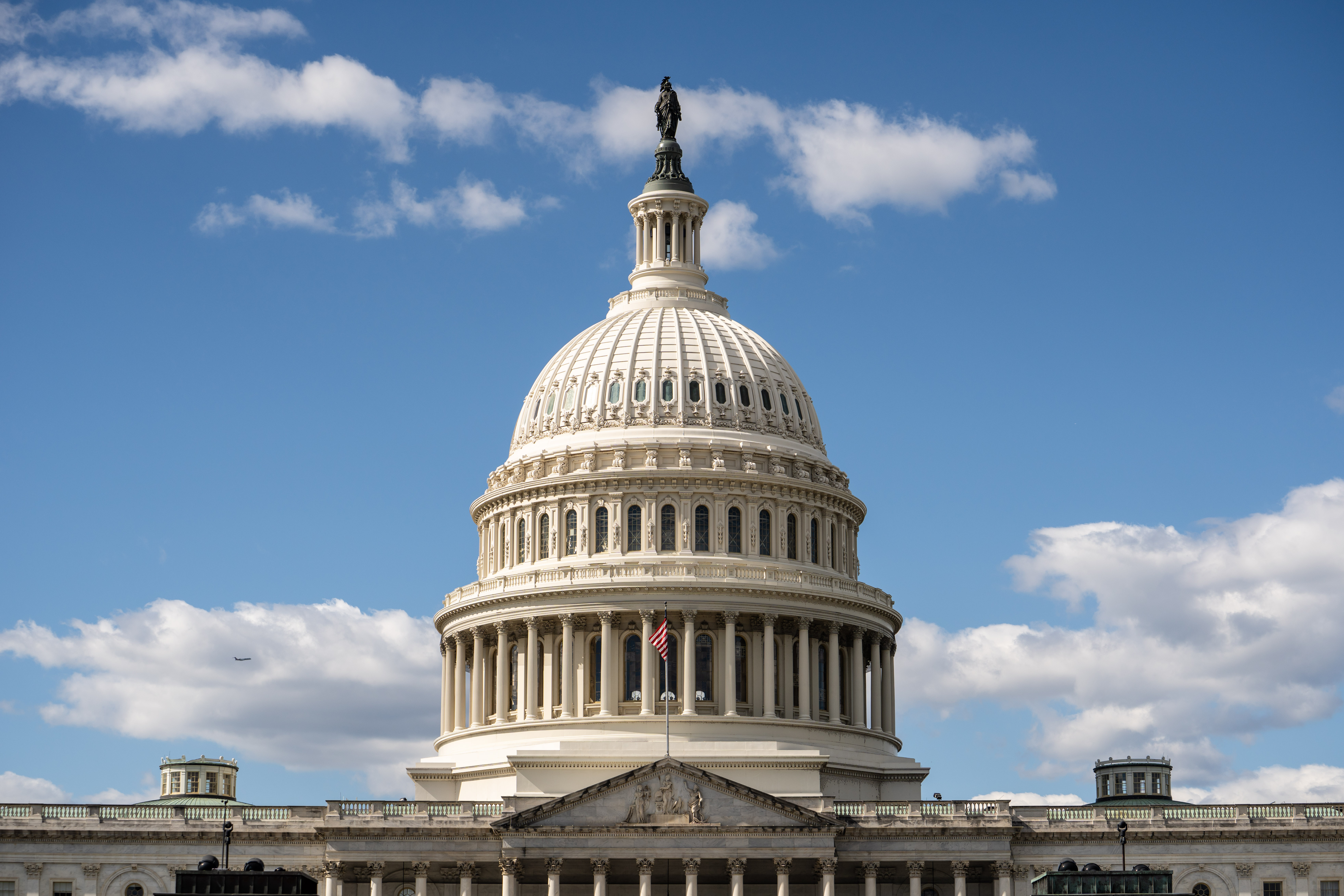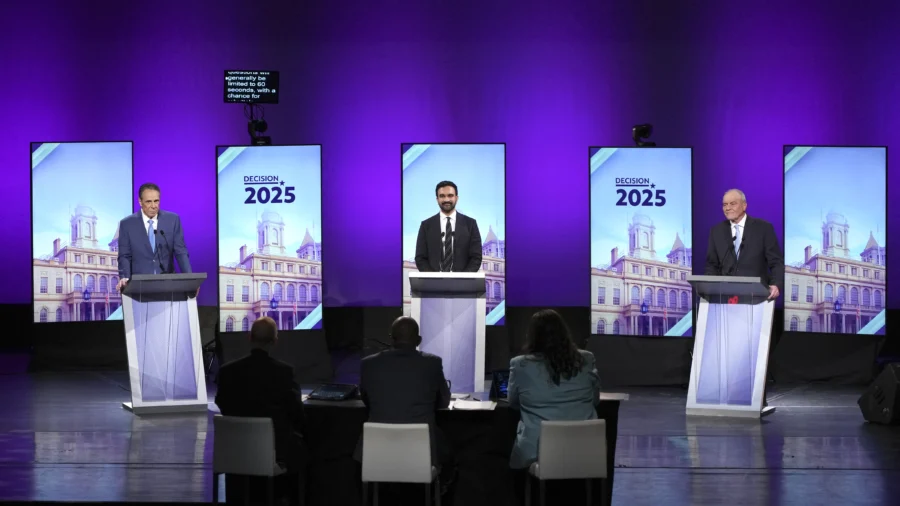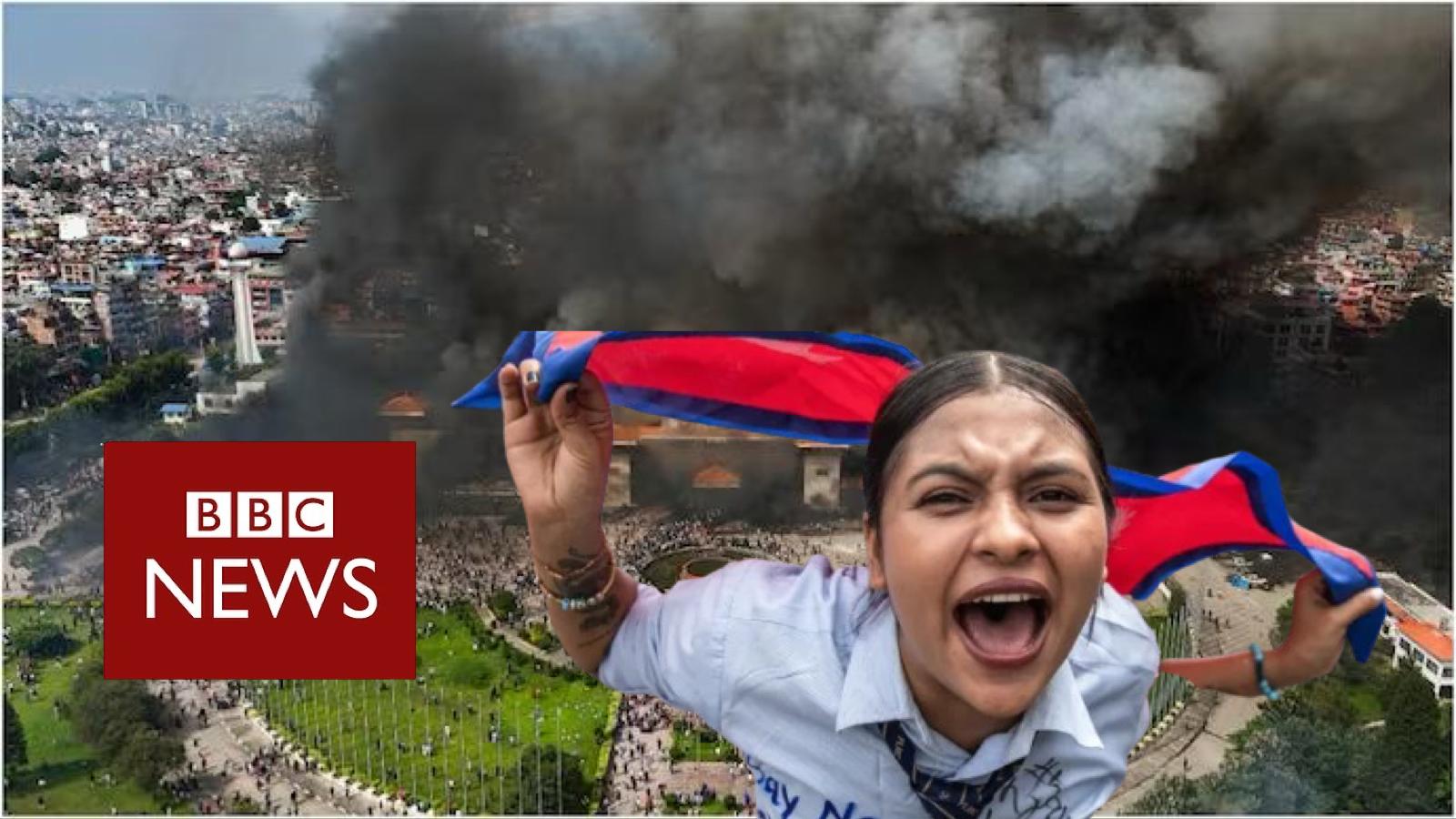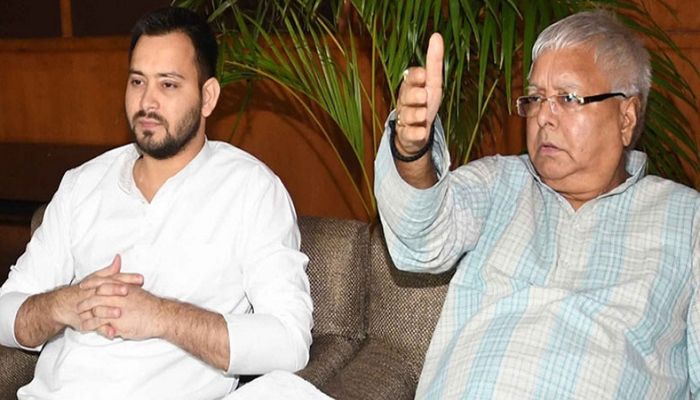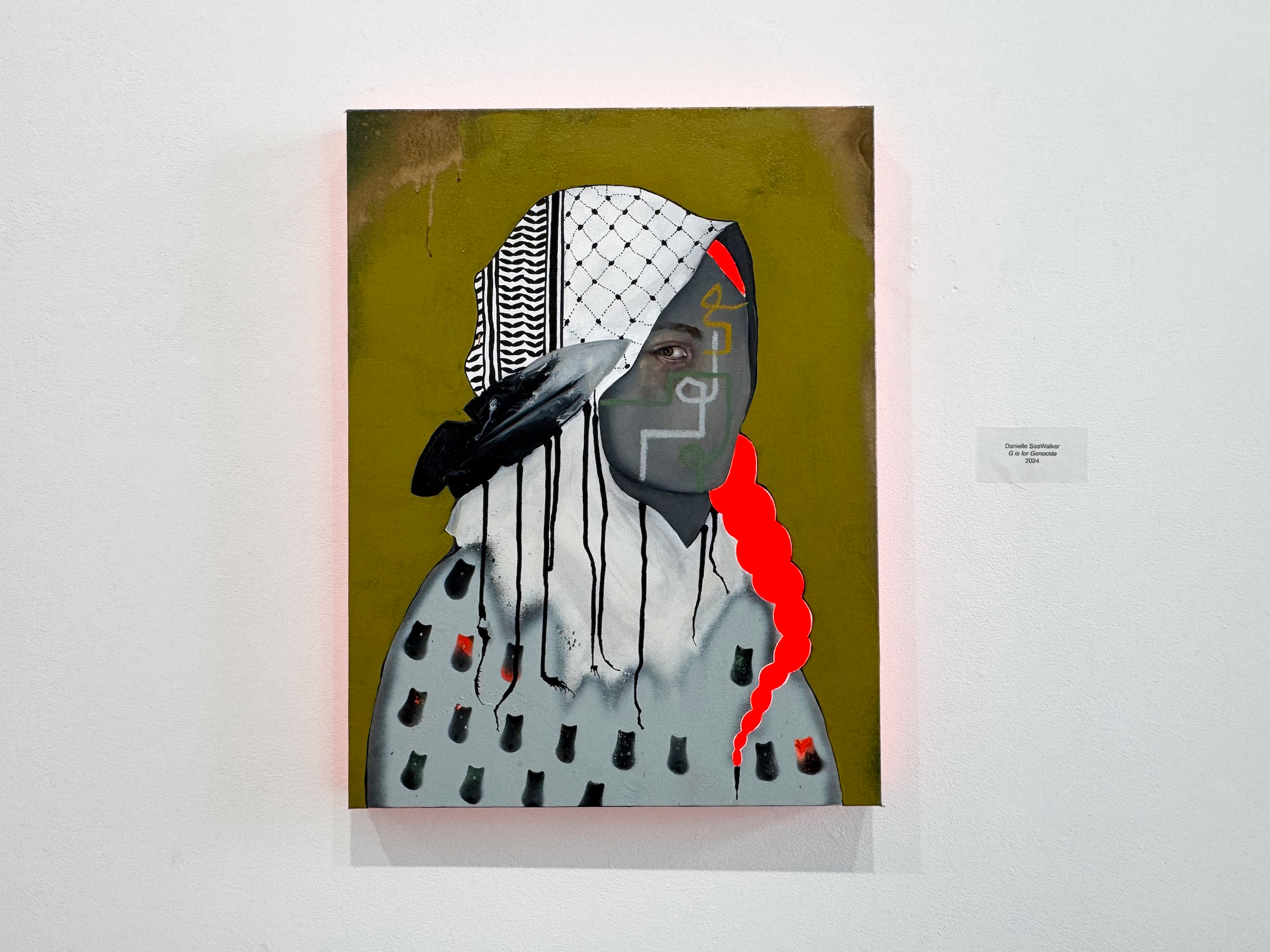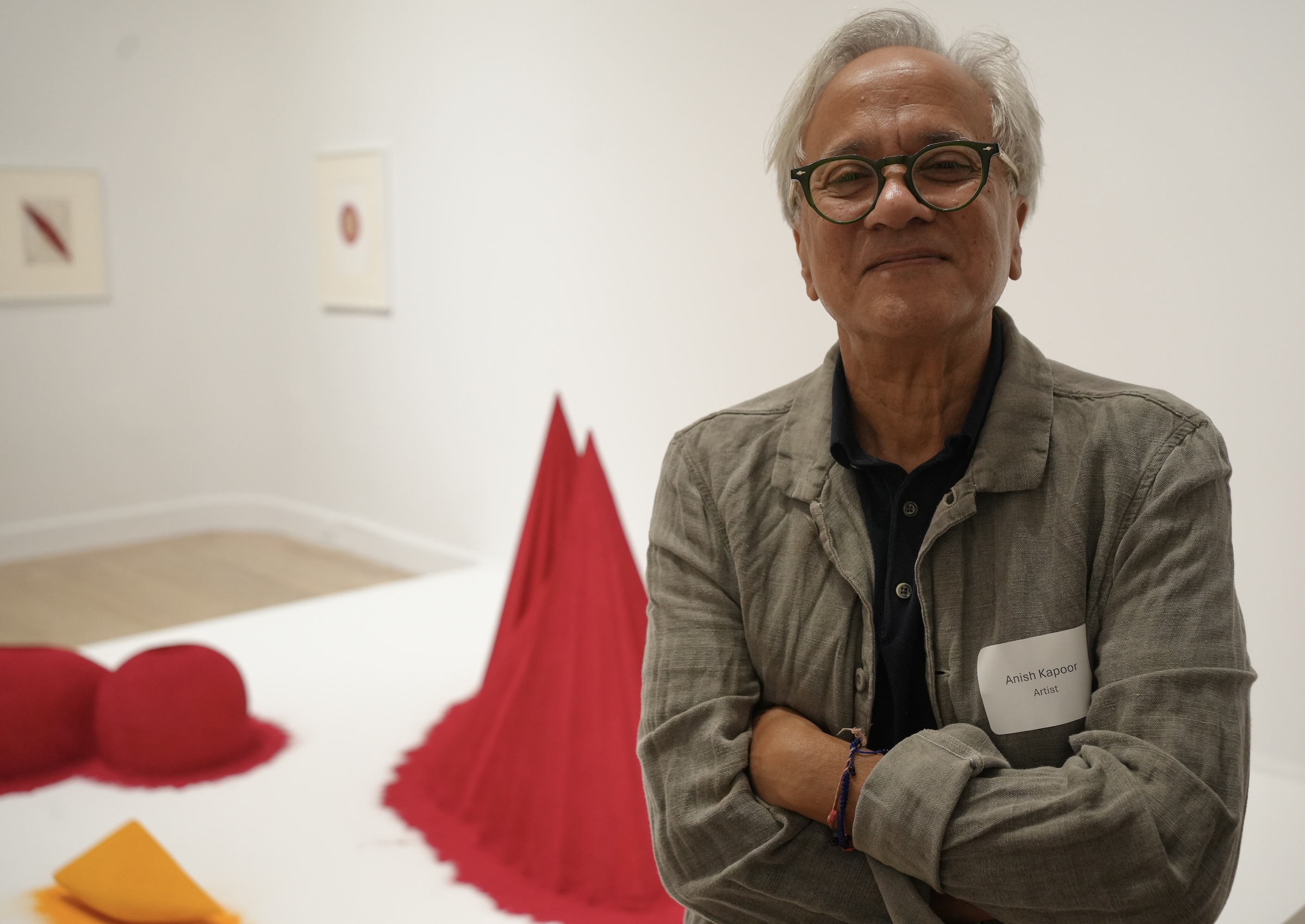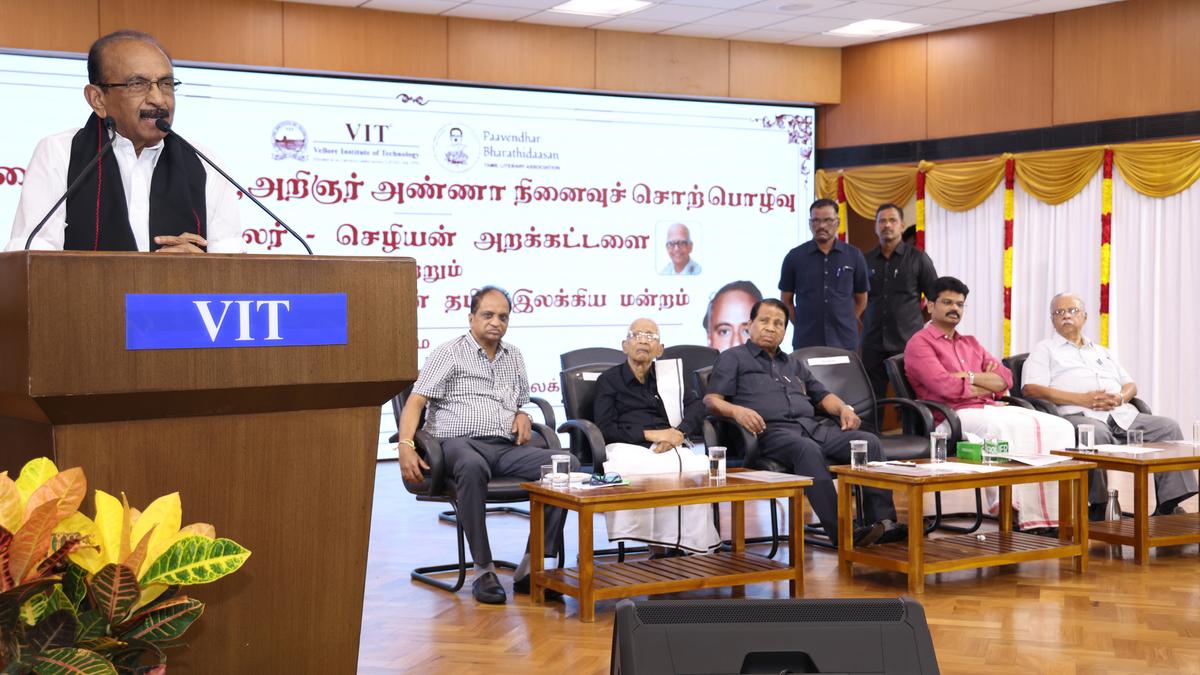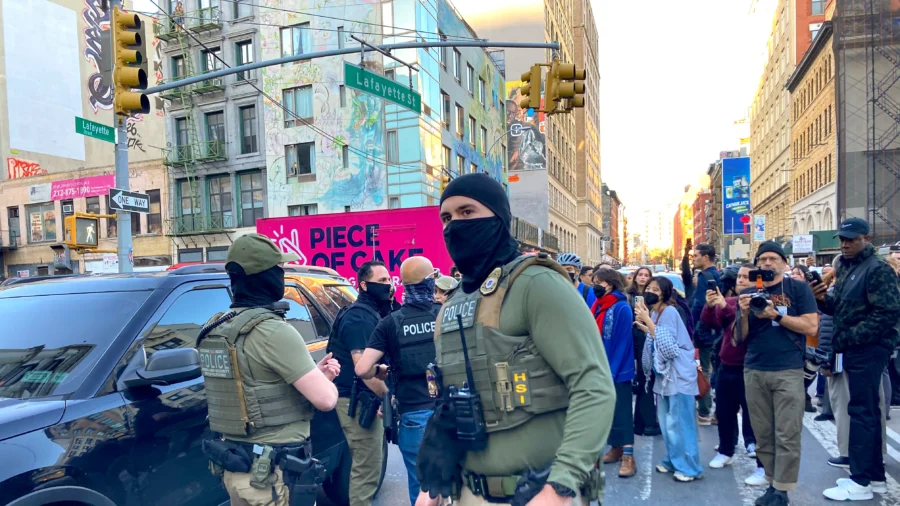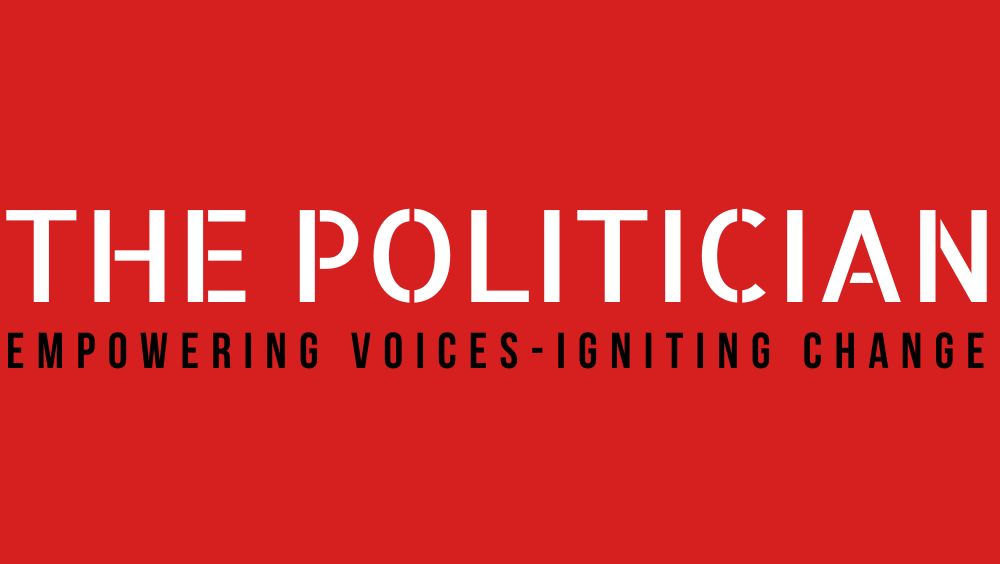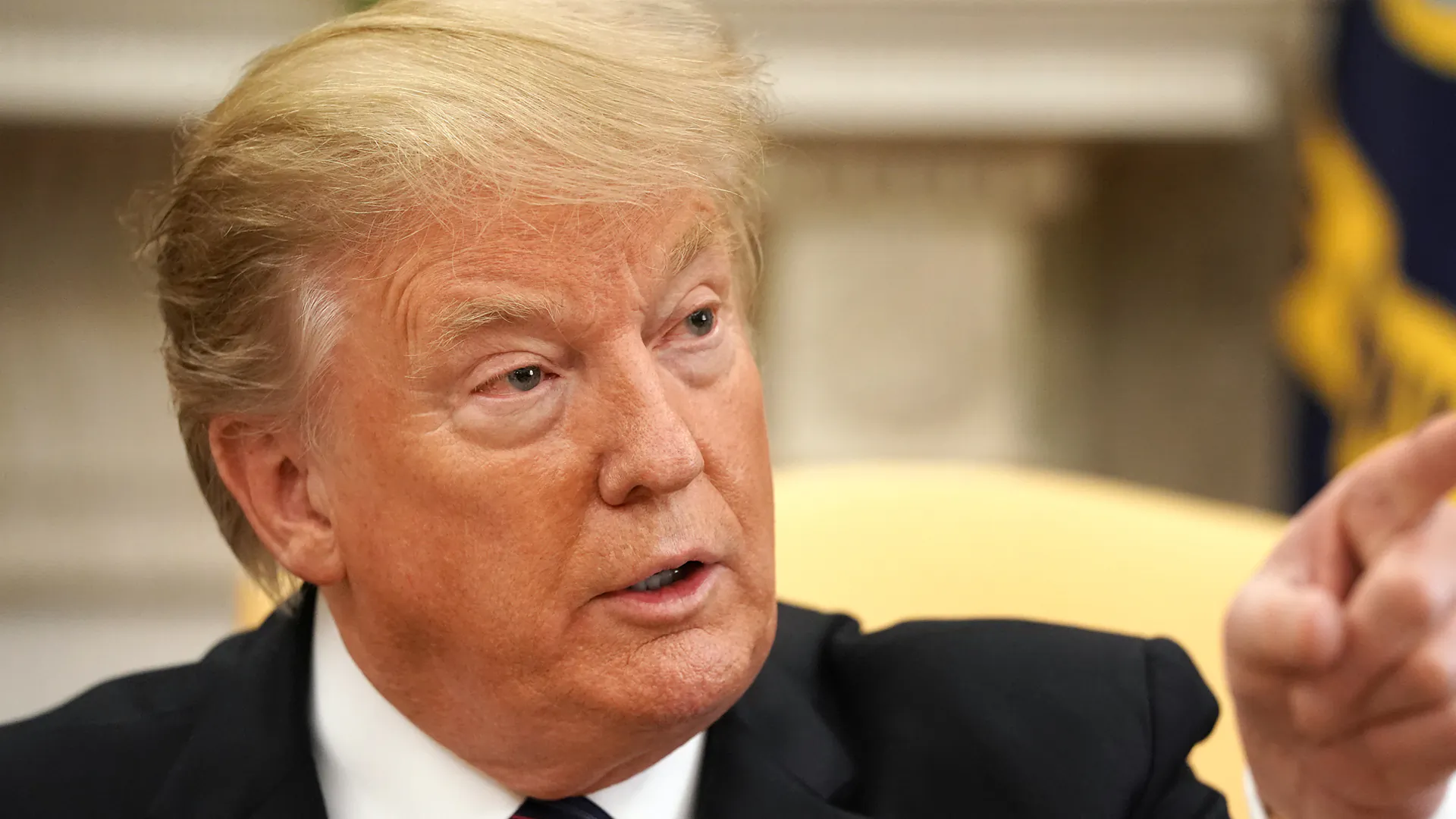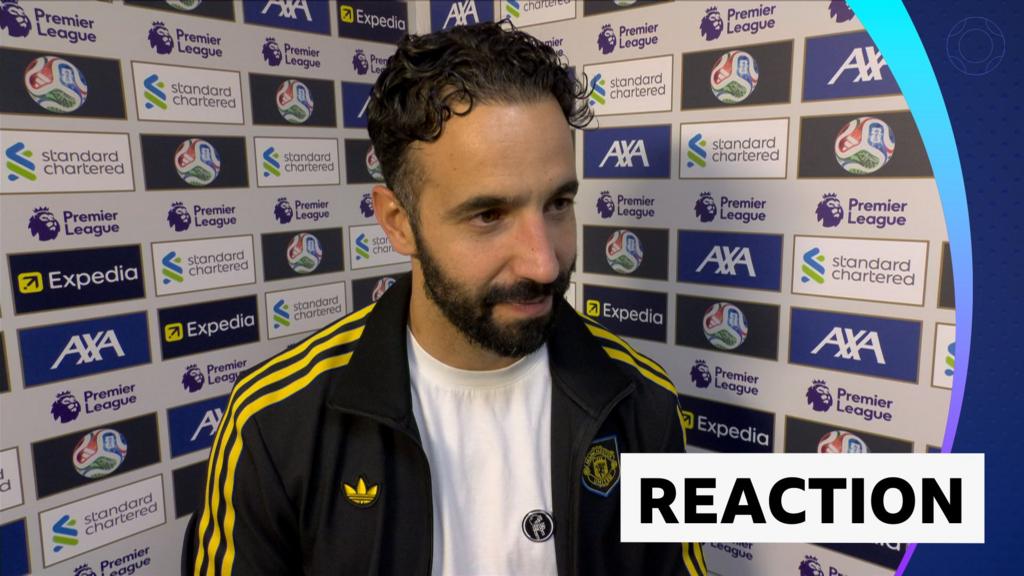Weeks after the Dharmasthala hit job, The News Minute editor Dhanya Rajendran gets nominated for Soros-backed award: The curious case of Reporters Without Borders
In the world of journalism, timing often reveals more than the headlines do. Just months after The News Minute and its editor-in-chief Dhanya Rajendran were exposed for their role in amplifying the baseless Dharmasthala “mass grave” hoax, a calculated attempt to malign one of Karnataka’s most revered Hindu institutions, she has found herself nominated for a global “press freedom” award. The award in question, the “Impact Prize of the Year 2025” by Reporters Without Borders (RSF), lauds Rajendran’s supposed “fight for press freedom” and “leadership in independent media.” Yet, for anyone who has followed the Dharmasthala scandal and The News Minute’s , the nomination reeks less of journalistic honour and more of ideological endorsement. The Dharmasthala hoax: Anatomy of a manufactured scandal In July this year, the tranquil temple town of Dharmasthala found itself at the heart of a grotesque narrative. A man named C.N. Chinnaiah claimed he had buried “hundreds of bodies” between 1995 and 2014, allegedly victims of ritualistic murders covered up by the temple trust. Without evidence, the Congress-led Karnataka government jumped to action, forming a Special Investigation Team (SIT) and setting off a frenzy of media sensationalism. Leading the pack was The News Minute. The portal treated the story as a national crisis, running detailed “explainers,” frequent updates, and sombre analyses of what it called “grave allegations.” It was a perfect media storm, a poor man’s confession, a powerful temple, and a story that seemed to confirm the liberal establishment’s caricature of Hindu institutions as dark, superstitious power centres. But the scandal collapsed just as swiftly as it began. The SIT found nothing. Seventeen of the eighteen alleged burial sites yielded no evidence. Chinnaiah himself admitted he had been coached, paid, and promised protection by handlers who instructed him to play his part. The skull he produced as proof turned out to be a prop. What was left was the wreckage of a hoax, a deliberate attempt to malign Dharmasthala and its dharmadhikari, Dr. Veerendra Heggade, under the cover of “whistleblowing.” Propaganda by amplification The News Minute’s defence is predictable: it did not “accuse,” it merely “reported.” But propaganda rarely announces itself in bold letters; it seeps in through repetition and framing. By repeatedly publishing unverified claims, by giving credibility to an uncorroborated story, The News Minute helped transform a fringe allegation into a mainstream narrative. This is the subtlety of modern propaganda; it weaponises neutrality. When a temple or Hindu institution is the target, the media cloaks its hostility in the language of “investigation.” When the perpetrators are Islamist, the same media finds moral ambiguity. The News Minute’s record bears this out: the Ajmer Dargah sex scandal, where over 100 Hindu girls were raped and blackmailed by Congress-affiliated Khadims, barely found mention on its website. No “timelines,” no “deep-dives” or “analysis” on one of the biggest scandals to have rocked the nation. Similarly, when The Kerala Story depicted the testimonies of Hindu and Christian women lured, converted, and trafficked to ISIS, TNM dismissed it as “propaganda.” Yet, a completely fabricated story about a Hindu temple burying bodies became “serious journalism.” This is not journalism gone wrong, it is journalism gone rogue. A pattern of selective morality The bias is systematic. When the victim is Hindu, the story becomes a national debate. When the perpetrator is Islamist or Church-linked, silence reigns. TNM has no appetite for covering mosque encroachments in Uttarakhand, Love Jihad cases, or sexual abuse in seminaries. But it spares no effort in casting suspicion on Hindu temples. This selective morality is not accidental, it is ideological. It aligns perfectly with the Western-funded “secular” discourse that sees Hindu civilisational confidence as a threat and portrays it as fundamentalism. In this worldview, Hindu religiosity is “dangerous,” while Islamic radicalism is “contextual.” RSF: The western arbiter of ‘freedom’ Enter Reporters Without Borders (RSF), the Paris-based NGO now celebrating Rajendran’s “courage.” On the surface, RSF presents itself as a global watchdog for press freedom. In reality, it is a soft power instrument, funded by Western governments and billionaire philanthropists to shape media narratives in developing nations. RSF’s donors include the French Foreign Ministry, European Commission, Swedish SIDA, the Ford Foundation, and most crucially, the National Endowment for Democracy (NED), a U.S. government-funded organisation widely known as the CIA’s soft arm for regime change. Add to that George Soros’s Open Society Foundations (OSF), and the puzzle assembles itself. Soros, who famously vowed to “fight nationalists and authoritarian governments,” has long considered India under PM Modi one o
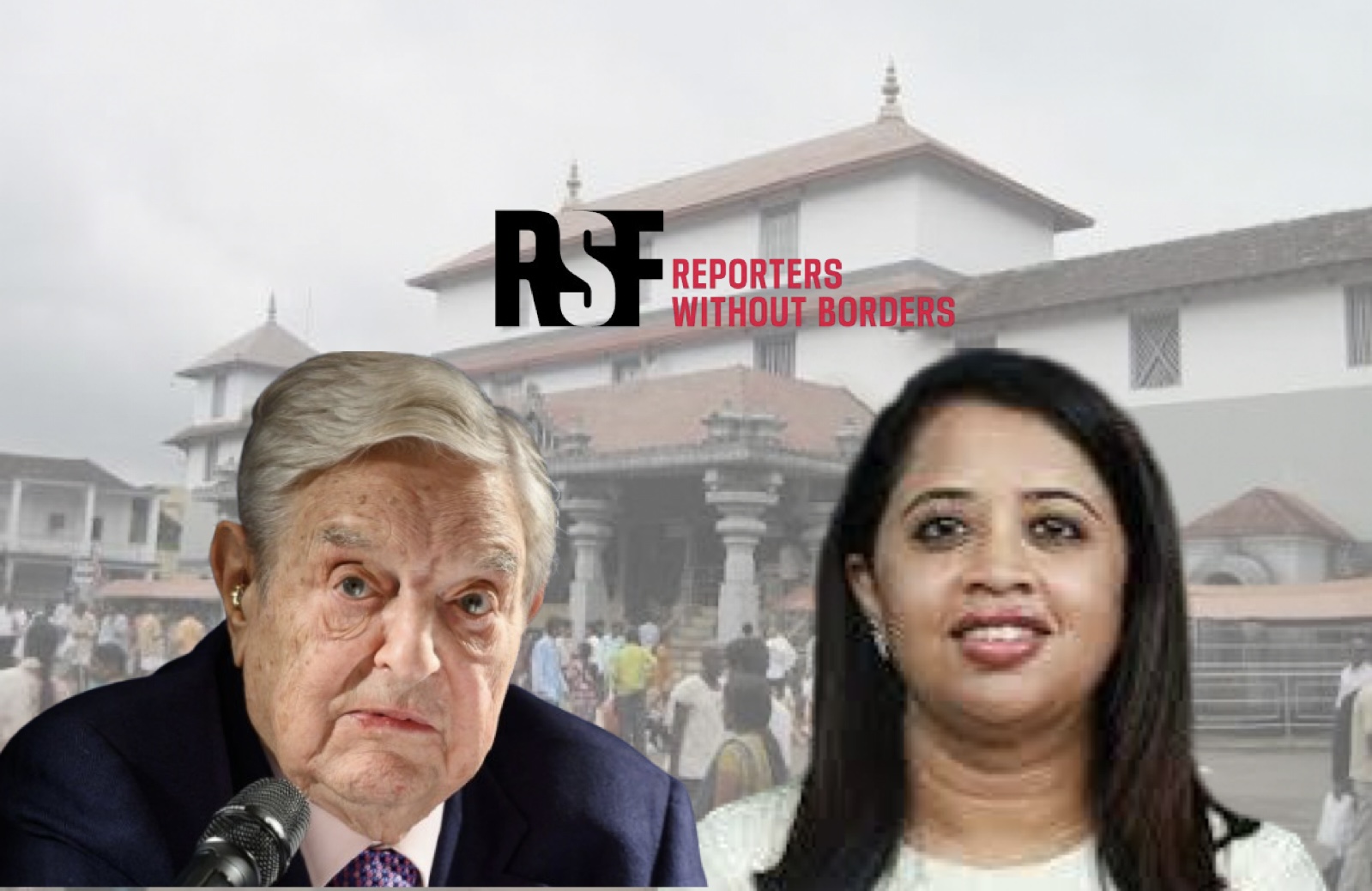


In the world of journalism, timing often reveals more than the headlines do. Just months after The News Minute and its editor-in-chief Dhanya Rajendran were exposed for their role in amplifying the baseless Dharmasthala “mass grave” hoax, a calculated attempt to malign one of Karnataka’s most revered Hindu institutions, she has found herself nominated for a global “press freedom” award.
The award in question, the “Impact Prize of the Year 2025” by Reporters Without Borders (RSF), lauds Rajendran’s supposed “fight for press freedom” and “leadership in independent media.” Yet, for anyone who has followed the Dharmasthala scandal and The News Minute’s , the nomination reeks less of journalistic honour and more of ideological endorsement.
The Dharmasthala hoax: Anatomy of a manufactured scandal
In July this year, the tranquil temple town of Dharmasthala found itself at the heart of a grotesque narrative. A man named C.N. Chinnaiah claimed he had buried “hundreds of bodies” between 1995 and 2014, allegedly victims of ritualistic murders covered up by the temple trust. Without evidence, the Congress-led Karnataka government jumped to action, forming a Special Investigation Team (SIT) and setting off a frenzy of media sensationalism.
Leading the pack was The News Minute. The portal treated the story as a national crisis, running detailed “explainers,” frequent updates, and sombre analyses of what it called “grave allegations.” It was a perfect media storm, a poor man’s confession, a powerful temple, and a story that seemed to confirm the liberal establishment’s caricature of Hindu institutions as dark, superstitious power centres.
But the scandal collapsed just as swiftly as it began. The SIT found nothing. Seventeen of the eighteen alleged burial sites yielded no evidence. Chinnaiah himself admitted he had been coached, paid, and promised protection by handlers who instructed him to play his part. The skull he produced as proof turned out to be a prop. What was left was the wreckage of a hoax, a deliberate attempt to malign Dharmasthala and its dharmadhikari, Dr. Veerendra Heggade, under the cover of “whistleblowing.”
Propaganda by amplification
The News Minute’s defence is predictable: it did not “accuse,” it merely “reported.” But propaganda rarely announces itself in bold letters; it seeps in through repetition and framing. By repeatedly publishing unverified claims, by giving credibility to an uncorroborated story, The News Minute helped transform a fringe allegation into a mainstream narrative.
This is the subtlety of modern propaganda; it weaponises neutrality. When a temple or Hindu institution is the target, the media cloaks its hostility in the language of “investigation.” When the perpetrators are Islamist, the same media finds moral ambiguity. The News Minute’s record bears this out: the Ajmer Dargah sex scandal, where over 100 Hindu girls were raped and blackmailed by Congress-affiliated Khadims, barely found mention on its website. No “timelines,” no “deep-dives” or “analysis” on one of the biggest scandals to have rocked the nation.
Similarly, when The Kerala Story depicted the testimonies of Hindu and Christian women lured, converted, and trafficked to ISIS, TNM dismissed it as “propaganda.” Yet, a completely fabricated story about a Hindu temple burying bodies became “serious journalism.”
This is not journalism gone wrong, it is journalism gone rogue.
A pattern of selective morality
The bias is systematic. When the victim is Hindu, the story becomes a national debate. When the perpetrator is Islamist or Church-linked, silence reigns. TNM has no appetite for covering mosque encroachments in Uttarakhand, Love Jihad cases, or sexual abuse in seminaries. But it spares no effort in casting suspicion on Hindu temples.
This selective morality is not accidental, it is ideological. It aligns perfectly with the Western-funded “secular” discourse that sees Hindu civilisational confidence as a threat and portrays it as fundamentalism. In this worldview, Hindu religiosity is “dangerous,” while Islamic radicalism is “contextual.”
RSF: The western arbiter of ‘freedom’
Enter Reporters Without Borders (RSF), the Paris-based NGO now celebrating Rajendran’s “courage.” On the surface, RSF presents itself as a global watchdog for press freedom. In reality, it is a soft power instrument, funded by Western governments and billionaire philanthropists to shape media narratives in developing nations.
RSF’s donors include the French Foreign Ministry, European Commission, Swedish SIDA, the Ford Foundation, and most crucially, the National Endowment for Democracy (NED), a U.S. government-funded organisation widely known as the CIA’s soft arm for regime change. Add to that George Soros’s Open Society Foundations (OSF), and the puzzle assembles itself.
Soros, who famously vowed to “fight nationalists and authoritarian governments,” has long considered India under PM Modi one of his “greatest setbacks.” His OSF network funds a web of Indian NGOs, media portals, and “civil society” actors that consistently amplify anti-India and anti-Hindu narratives. Among its known beneficiaries are Scroll, ICIJ affiliates in Indian Express, Harsh Mander, Amartya Sen, Indira Jaising, Pratap Bhanu Mehta, and Yamini Aiyar.
RSF’s India ‘Fact File’: A study in bias
One need only glance at RSF’s own reporting on India to understand its political motivation. Its “India Fact File” casually refers to Modi supporters as “Bhakts,” mocks “Godi Media,” and blames the PM for a “press freedom crisis.” One doesn’t expect an outlet claiming to uphold principles of journalism, both in letter and spirit, to indulge in such brazen acts of dehumanisation and name-calling of dissenting opinions. But that’s what RSF has mastered in.
Besides, RSF’s own data tells a different story. Between 2004 and 2013 during the Congress-led UPA era, India’s press freedom rank plummeted from 120 to 140. Under Modi, it has oscillated between 133 and 150. The decline began under UPA, but RSF conveniently starts its timeline from 2014. Data, for RSF, is merely decoration on an ideological conclusion.
Even its rankings are farcical. India, where thousands of media outlets operate freely, is often placed below Mexico, where journalists are routinely murdered by drug cartels; below Turkey, where hundreds of journalists remain imprisoned; and even below Somalia, a country that barely has functioning law enforcement.
The Soros connection: Funding narratives, not journalism
To understand RSF’s worldview, one must understand Soros’s network. His Open Society Foundations operates as a global narrative factory, funding “independent” media that toe the liberal-globalist line. In India, Soros’s influence runs through Omidyar Network (which backs Alt News, The Wire, and The Quint), Namati (linked to Amartya Sen and Pratap Bhanu Mehta), and the Media Development Investment Fund (MDIF), which invests in “independent” portals like Scroll.
The goal is not journalistic diversity but narrative control to shape how India is perceived abroad and debated at home. By funding a network of “fact-checkers,” activists, and NGOs, Soros and his ideological partners ensure that any dissent from the Western liberal orthodoxy is branded “nationalist,” “Hindutva,” or “authoritarian.”
It is no surprise then that RSF, Soros’s ideological ally, frequently rewards journalists who fit this mould—those who conflate “free speech” with anti-national activism and “press freedom” with government bashing.
From Pegasus to Dharmasthala: The ecosystem in action
RSF’s network overlaps seamlessly with another Soros-backed initiative, Forbidden Stories. The group claims to “continue the work of threatened journalists,” but in practice, it serves as a content pipeline for anti-national narratives. In India, Forbidden Stories was behind the Pegasus spyware hoax, which The Wire gleefully fronted before it was debunked by the Supreme Court.
The same familiar names reappear. Siddharth Varadarajan, Swati Chaturvedi, Sushant Singh, and RSF’s India correspondent Shubhranshu Choudhary, all part of the same ideological web. When one narrative fails, the other picks up the baton. When one hoax collapses, another is born. And each time, the reward is the same: international acclaim, a new “freedom” award, or an invitation to a Western symposium on “press safety.”
Dhanya Rajendran’s nomination fits this pattern perfectly. Just as her credibility was dented by the Dharmasthala fiasco, RSF steps in to polish her image to elevate her from propagandist to martyr. It is the same cycle of mutual reinforcement that has kept India’s “Lutyens media” relevant long after it lost public trust.
When awards become tools to shape narratives
These awards are not meaningless trophies; they are tools of narrative laundering. They grant legitimacy to those who serve the ideological interests of their patrons. Once a journalist is branded an “award-winning defender of freedom,” any criticism of their bias becomes “attacks on free press.”
This international validation is then weaponised within India. The same journalists, now armed with Western badges of honour, lecture domestic audiences about “declining democracy” and “rising intolerance.” Western outlets like The Guardian, BBC, and Washington Post cite RSF rankings to question India’s democratic credentials. The circle completes itself: fund, amplify, reward, and repeat.
Truth becomes casualty in the game of propaganda
The real casualty in this game is truth itself. The Dharmasthala scandal showed how easily lies can be weaponised when cloaked in journalistic respectability. It showed how Hindu institutions, despite centuries of service, are one fabricated allegation away from global defamation.
Meanwhile, proven atrocities like the Ajmer Dargah sex scandal or the ISIS grooming networks in Kerala fade into silence. Victims vanish from memory because their stories do not serve the global Left’s narrative of a “Hindu majoritarian India.”
This inversion of morality, where Hindu institutions are presumed guilty until proven innocent, and Islamist crimes are ignored unless politically convenient, is the defining feature of this ecosystem.
The Soros-style reward system
The nomination of Dhanya Rajendran by Reporters Without Borders is not an isolated event, it is part of a broader pattern of narrative management. It rewards ideological conformity, not journalistic integrity. It recognises those who amplify disinformation against India while ignoring those who expose it.
That an editor who helped mainstream a fabricated story against a Hindu temple now finds herself feted by Soros-linked institutions is no coincidence, it is choreography. It is how global influence networks operate: using awards, reports, and “freedom” indices as tools of psychological warfare against self-respecting nations.
In the end, the RSF’s award may glimmer under Parisian lights, but its meaning is hollow. It is not a tribute to courage; it is a medal for complicity. Months after Dharmasthala was falsely smeared, the ecosystem that engineered the outrage now celebrates its own. The propaganda machine applauds itself, even as truth lies buried, this time, not in any forest of Karnataka, but beneath the rubble of Western hypocrisy and domestic deceit.



